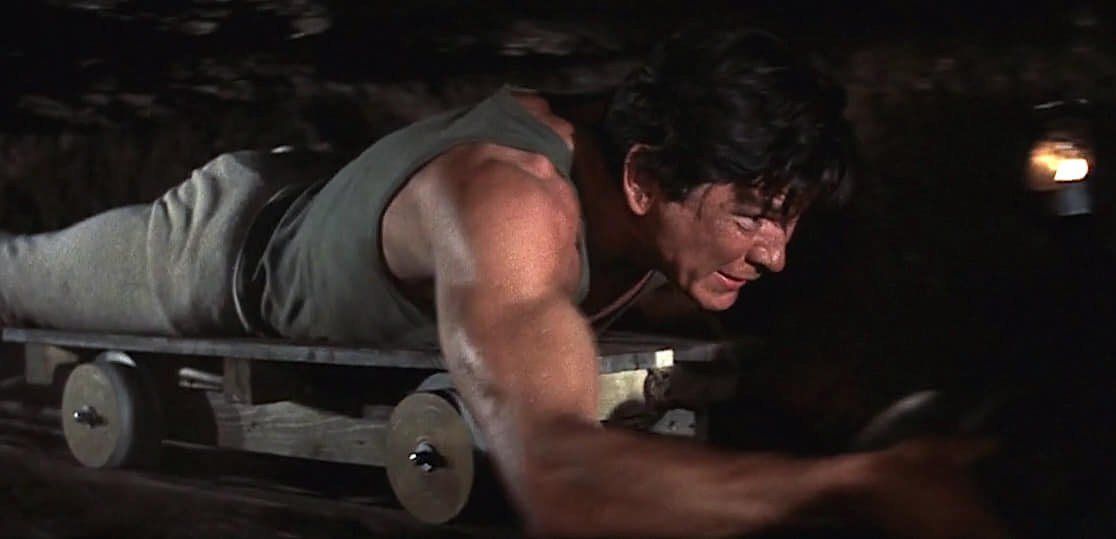🎬 The Great Escape
- movieslovers
- August 24, 2024

“The Great Escape” (1963), directed by John Sturges, is a quintessential war film that masterfully combines suspense, adventure, and character-driven storytelling. Based on the true story of a mass escape by Allied prisoners of war (POWs) from Stalag Luft III, a high-security German POW camp during World War II, the film has become a hallmark of classic cinema.

The film follows a group of determined Allied soldiers, primarily British and American, who are interned in a German camp specifically designed to be escape-proof. Undeterred, the POWs, led by Squadron Leader Roger Bartlett (Richard Attenborough), plan an elaborate escape involving the construction of three tunnels, code-named “Tom,” “Dick,” and “Harry.” The goal is not just to free themselves but to create chaos behind enemy lines by forcing the Germans to commit significant resources to recapturing them.
Steve McQueen’s portrayal of Captain Virgil Hilts, known as “The Cooler King” for his frequent stints in solitary confinement, is one of the film’s standout performances. McQueen’s charisma and rebellious spirit are encapsulated in his character’s relentless attempts to escape, culminating in the iconic motorcycle chase sequence, which has become one of the most celebrated moments in film history.

The ensemble cast also includes James Garner as Flight Lieutenant Bob Hendley, “The Scrounger,” who procures essential materials for the escape; Charles Bronson as Flight Lieutenant Danny Velinski, “The Tunnel King,” who spearheads the digging efforts; and Donald Pleasence as Flight Lieutenant Colin Blythe, “The Forger,” who painstakingly creates the documents needed for the escapees.

“The Great Escape” is notable for its blend of tension, humor, and camaraderie. The POWs’ ingenuity and determination are depicted with a mix of light-heartedness and serious drama, highlighting their resilience in the face of overwhelming odds. The film’s pacing builds suspense as the escape plan progresses, leading to a gripping and emotional climax as the POWs make their break for freedom.
John Sturges’ direction, combined with an unforgettable score by Elmer Bernstein, creates an atmosphere of both excitement and poignancy. The film’s depiction of the escape and its aftermath honors the bravery of the real-life POWs who undertook the daring plan, while also acknowledging the sacrifices made by those who were recaptured or killed.
“The Great Escape” remains a beloved classic, revered for its engaging narrative, memorable characters, and its tribute to wartime heroism and the unbreakable human spirit. Its influence on popular culture is undeniable, and it continues to be celebrated as one of the greatest war films ever made.











